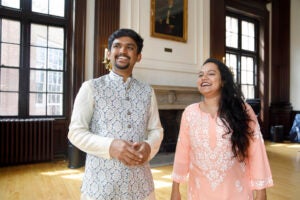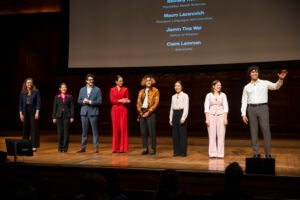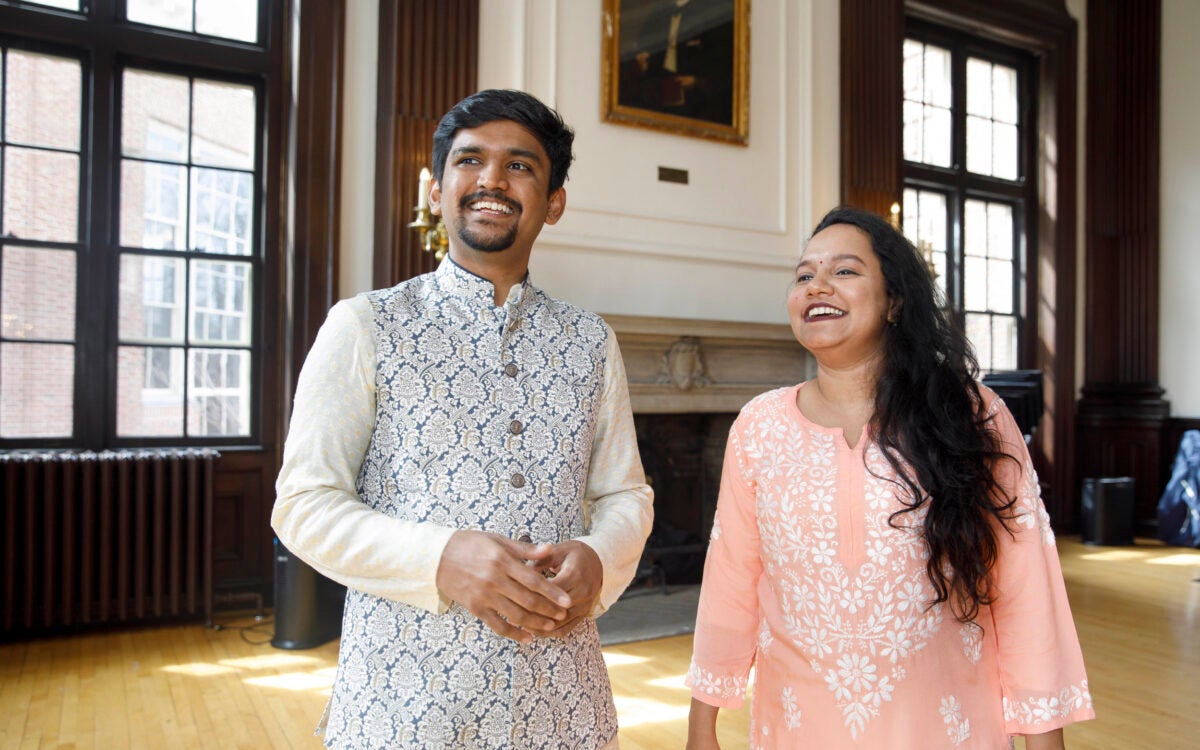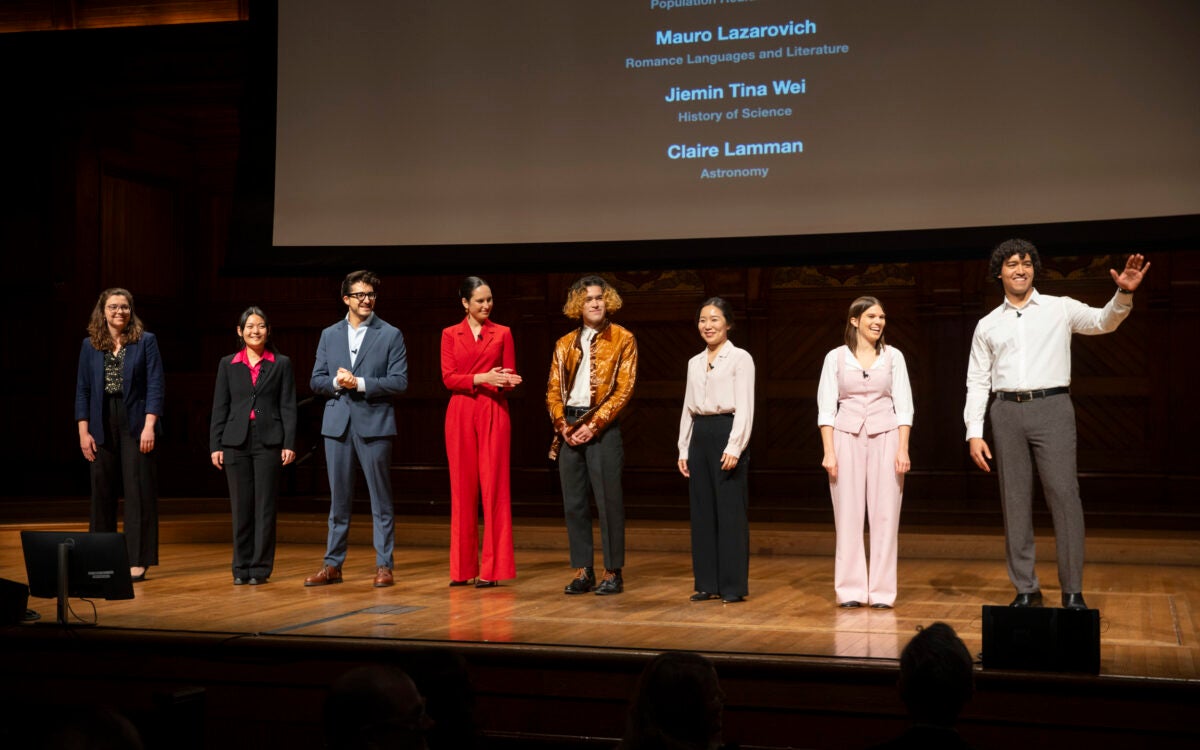Faculty of Arts and Sciences Memorial Minute
Ernst Kitzinger
At a meeting of the Faculty of Arts and Sciences on October 21, 2003, the following Minute was placed upon the records.
One of the last representatives of the heroic generation of art historians, Ernst Kitzinger was born in Munich in 1912 and came of age prior to WWII, a catastrophe that reshaped his life and, along with it, that of art history itself. Kitzinger came from the liberal, middle-class milieu typical of German Jewish intellectuals of the Weimar period, and his family fostered his interest in art from an early age. Instead of funding peripatetic study, Kitzinger’s family sent him to Italy during vacations. On one of these trips, in 1931, Kitzinger “discovered all on my own the Spätantike, the end of ancient art and civilization,” something that “had never entered my knowledge before…. It plunged me into a week of acute crisis, because I suddenly realized that what I had been doing more or less noncommittally suddenly had the potential of becoming a serious proposition that would have an effect on my life.” Kitzinger’s premonition was correct. His conversion would have no less of an impact on students, fellow-specialists, and, far more widely, on his entire profession for the better part of a half century.
Kitzinger added immeasurably to what we know about the art of Late Antiquity, Byzantium and the Early Medieval West, yet his accomplishments can hardly be measured in such conventional terms. One of those rare scholars who not only add to what we know, but force a reconsideration of how we know it, Kitzinger transformed accepted notions of what constitutes art-historical knowledge. In its incisive formalism, inflected but never determined by considerations of content and context, his work appears still more remarkable when one considers that it focused on the fourth through the seventh centuries, a period that previously had been left to Christian archaeology. Kitzinger’s self-acknowledged preoccupation was “the idea that form has meaning, and that changes in form and in style have something to tell us.” Focusing on the transformation of the art of classical Antiquity from Constantine to Charlemagne, Kitzinger took up problems posed by Alois Riegel, but redefined them in terms of modes, matching the deepest human concerns with forms of artistic expression, all articulated in eloquent English.
Kitzinger allied himself with the strenuous study of forms associated with the Vienna School as opposed to the iconographic method espoused by Aby Warburg and Erwin Panofsky. Yet much of Kitzinger’s work was defined by a balancing act between what he, using David Riesman’s terms, called “inner directed” and “outer directed” forces acting on artists and patrons. One of Kitzinger’s greatest accomplishments was a magisterial history of the cult image in the period before Iconoclasm based primarily on textual sources. In framing his study in terms of the interrelationship of form and function, Kitzinger anticipated the most innovative work on Byzantine art of the next generation.
Kitzinger’s life was full of unexpected turns. As a Jew in Munich, where he received his degree in 1934, he was dismissed by one of his examining professors after ten minutes with the words, “This is a farce. Good-bye.” On entering England without a passport – his had been confiscated – it was only by chance that he was granted a visa allowing him to stay indefinitely. During this tumultuous period, Kitzinger met Margaret Susan Theobald, whom he married in 1944. Interned along with other German-Jewish refugees, Kitzinger was deported to Australia, where a fellow deportee taught him Russian, a skill that served him well in his studies of Byzantine art. During his short stay in Britain, Thomas Kendrick, later director of the British Museum, commissioned from Kitzinger a guide to early medieval art in the museum’s collections. Kitzinger’s part-time appointment coincided with the unearthing of the treasure of Sutton Hoo, a hoard that, in addition to insular artifacts, included notable Byzantine silver. Kitzinger’s exhibit for the museum folded after a mere two weeks, a victim of the pending Blitz, but Early Medieval Art in the British Museum went on to enjoy bestseller status and remains in many respects the most coherent introduction to all that makes the art of this period so compelling. To contemporaries, it was nothing less than a revelation: not just a vade mecum, but an initiation into a new way of seeing and of speaking about what one sees. Kitzinger tended to dismiss this short text as well as his later Byzantine Art in the Making, based on a series of lectures originally given at New York University and later as the Slade Lectures at Cambridge University (1974). He regarded as his greatest accomplishment his monographs on the mosaics of the Norman churches of Sicily, which lay the foundation for all future study of these monuments that, like his own work, occupied a middle ground between East and West.
Prior to assuming his appointment as Arthur Kingsley Porter University Professor in 1967 (a post he held until his retirement in 1979), Kitzinger served as administrator and research professor at Dumbarton Oaks in Washington, D.C., where he rose through the ranks to become Director of Studies and full professor in 1956. More than any other figure, Kitzinger shaped the Byzantine program at Dumbarton Oaks and assured its status as the world’s leading center of Byzantine Studies, and of Byzantine art history in particular. On moving to Cambridge in 1967, he established a reputation as a beloved teacher and adviser. Even after his retirement, divided between Princeton and Oxford, Kitzinger remained active at the Institute of Advanced Study in Princeton, and as a Visiting Distinguished Professor at the University of Washington, Seattle. True to his guiding light, Kitzinger insisted that “visual form has a message, that it is a means of communication, and that’s my whole point.” Elsewhere, he underscored that “one must not confuse conditions of production with the mainsprings of creation.” Kitzinger’s own creations could themselves be taken as testimony to the truth of this credo.




